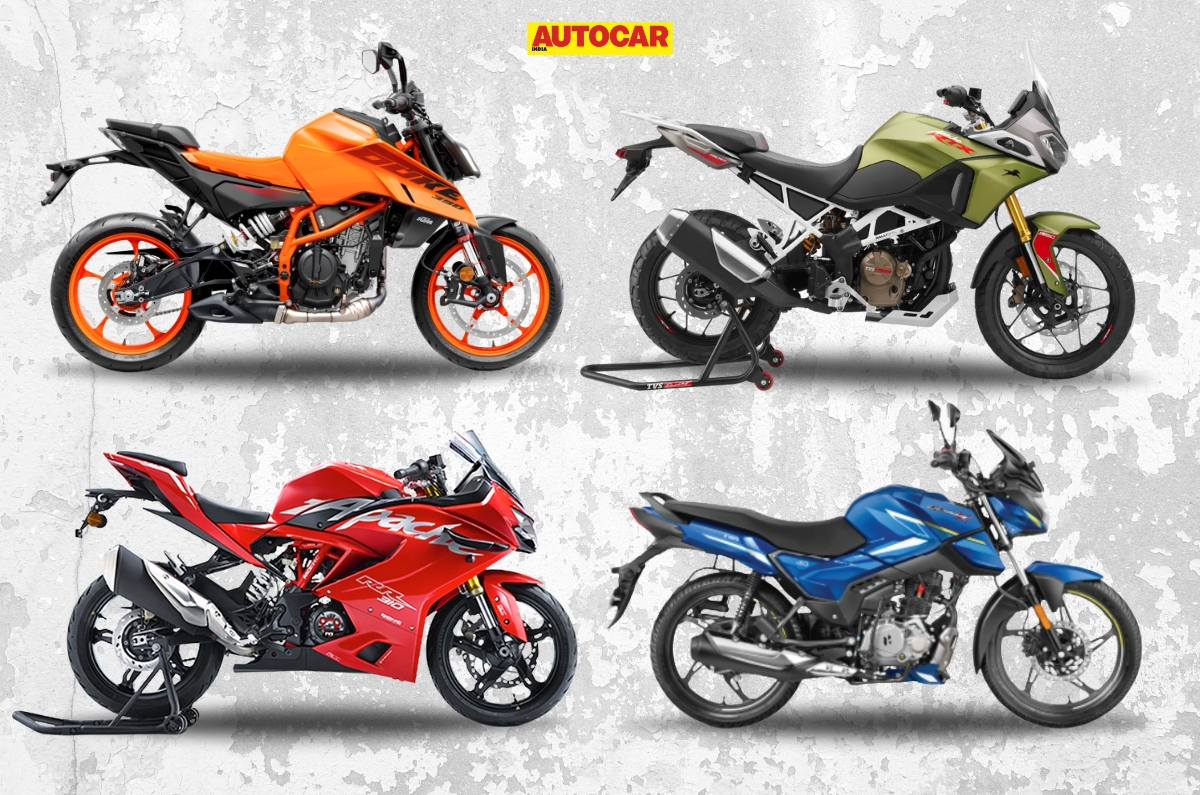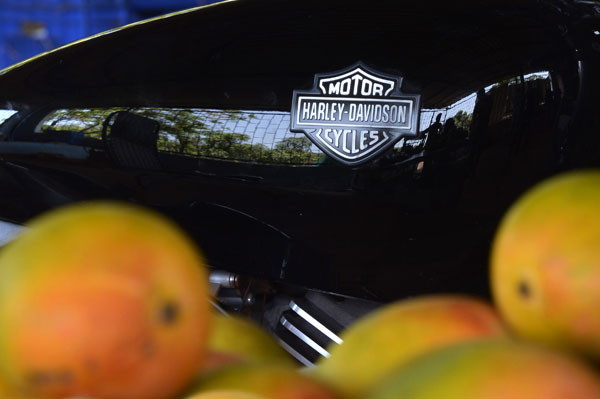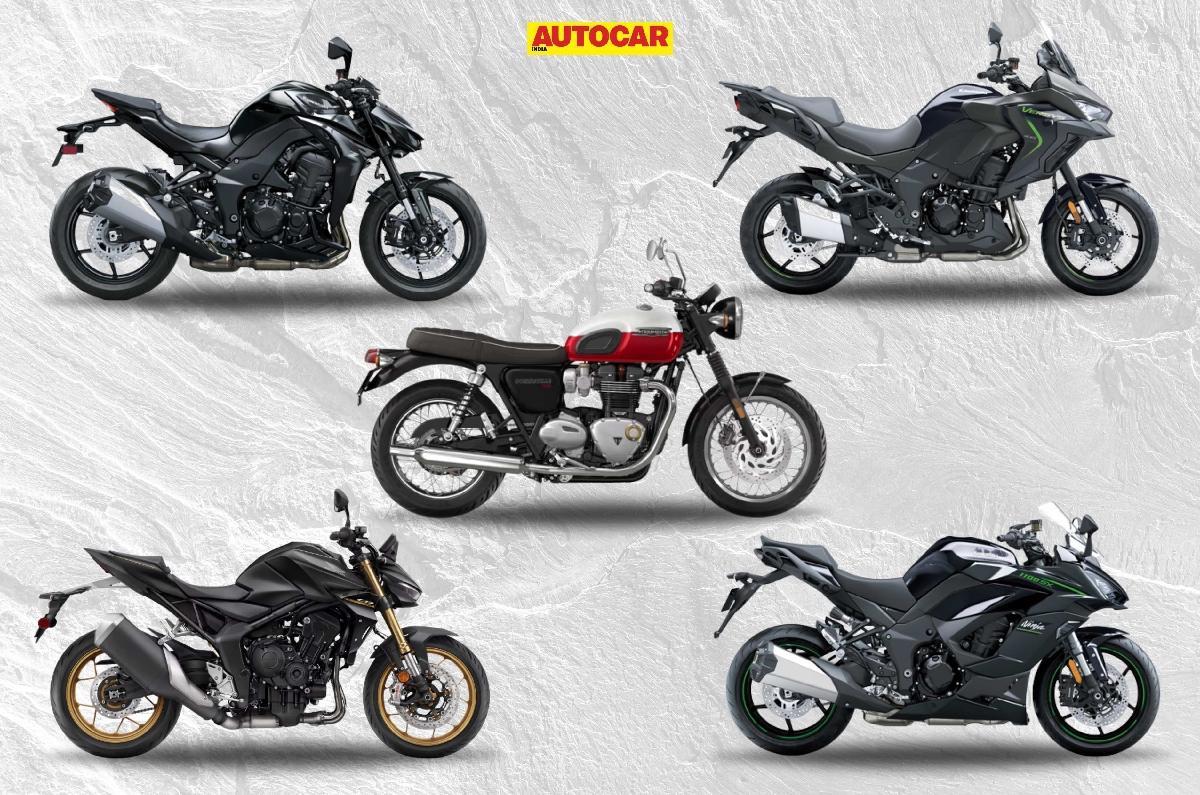250 is a lot more than just a number for us motorcycle enthusiasts; it represents an entire stage in one’s journey with two-wheelers. The world of motorcycles would have felt a big void if it wasn’t for the 250cc/quarter-litre space, and that is why we are giving it the attention it deserves in this special 250th issue of Autocar India. Let me tell you, however, the next few pages are only going to give you an overall look at the impact 250s have had in the two-wheeler universe. Thoroughly documenting the history of this category will require a book of its own. Nevertheless, where better to begin than where it all began?
Inception
In 1885, well-known German inventors Gottlieb Daimler and Wilhelm Maybach put together something called the Daimler Reitwagen (riding wagon). This creation is today regarded as the first motorcycle and it was powered by a 264cc engine. Yes, it isn’t precisely 250cc, but it came very close. For the more meticulous folk, the debut of the first 250cc motorcycle can be recorded around 17 years later, in 1902. This was called the Terrot-Givaudan and was built by a French engineer Claude Givaudan.

Many years later, in 1920, a name we now know well – Triumph – upgraded its popular Model LW Junior. From a 225cc motorcycle, Triumph bumped up its capacity to 250cc. Fondly named ‘the baby’, this bike gained popularity among those who found the company’s 500cc models a little too large and difficult to ride. That’s a valid reason for the 250cc models in existence even today! It was also considered to be the most popular motorcycle among female riders, but wealthy parents also bought LW Juniors for their children as the legal age for riding a motorcycle back then was just 14.
The late 1930s witnessed the arrival of two rather important 250cc motorcycles. The first was the Triumph Tiger 70 that was launched in 1937; the 70 in its name indicated its top speed in miles per hour. As was popular at the time, this bike was a hardtail, which means it had no rear suspension; the front used a girder fork. The Tiger 70 was the entry-level model that sat below the Tiger 80 and 90. Together, these bikes were quite a big success for the British brand.
The second important 250 came out in the early days of World War II, and from another manufacturer we know well. In the late 1930s, the Enfield Cycle Company (today known as Royal Enfield) was called upon by the British authorities to develop and manufacture military motorcycles. The most famous wartime Enfield was the 125cc WD/RE, fondly known as ‘Flying Flea’, which could be air-dropped with a parachute or carried in gliders to reach far into enemy lines. There was also the WD/D 250 which had a role in the British War Department fleet, and as the name suggests, it was a 250cc motorcycle.
However, it wasn’t only the British who had 250cc offerings in this era. Around the same time, Moto Guzzi replaced its P 175 with the more powerful P 250, although it was a bike intended for civilian use. 1938 also saw the introduction of a sportier version, with a lighter frame and a reworked engine, but it was later discontinued in 1940 due to the war.
Need for speed
The late 1940s and early ‘50s is when the 250cc segment really came into its own. The racing scene was set to grow exponentially, and because manufacturers didn’t really have race machines ready, many talented individuals built their own machines. This was an extremely innovative period that saw the birth of many ‘Specials’, which were heavily modified pre-war machines.

1949 saw the start of the World Championship in Grand Prix motorcycle racing for five separate categories: 125cc, 250cc, 350cc, 500cc and sidecars. Before 1949, there had been only individual national Grands Prix and the European Championship, but a world championship meant manufacturers could compete for a single championship. Bruno Ruffo won the inaugural 250cc World Championship riding for Moto Guzzi.
Italian motorcycle brands like Moto Guzzi, Benelli and MV Agusta dominated this category for the next 10 years. While the 1960 250cc world championship was also won by MV Agusta, this was the first year where Japanese manufacturer Honda broke into the leader board with a fourth-place finish. In non-racing news, 1960 was also the year the United Kingdom changed its laws to limit all new riders to 250cc machine running L-plates (Learner Plates). This move, and the fact that manufacturers were already developing 250cc race machines, is what proved to be a game changer in this segment.
250s were quickly gaining popularity both on the road and on the racetrack. 1961 was also quite a turning point for the world championship, and Honda’s Naomi Taniguchi, Kunimitsu Takahashi, Jim Redman, Tom Phillis, and Mike Hailwood swept the top five places in the 250cc class. Honda’s RC162 proved to be unbeatable at the time, and this doesn’t come as a surprise because the 249cc, four-cylinder, two-stroke engine propelled the bike to a top speed of 219kph. It was way ahead of its time with a 6-speed gearbox and four valves per cylinder.

It was either Honda or Yamaha that mostly kept winning for the next 14 years. However, the most iconic motorcycle in this period – and possibly one of the most iconic 250s ever – was Honda’s RC166. This little 250cc race machine was powered by a 65hp, six-cylinder, two-stroke engine that was fed by six carburettors. The bike also had a 7-speed gearbox and a redline that was close to the 20,000rpm mark.
Yamaha and Honda remained pretty much unstoppable in the 250cc world championship, right until 1994. All that changed when a fiery young Roman named Max Biaggi bagged four consecutive world championships - three of them on an Aprilia and the last one on a Honda.
With Biaggi moving to the 500cc class, the 1998 and 1999 250cc championships were swept up by a flamboyant Aprilia-riding Italian teen who went by the name Valentino Rossi. Here’s another 250cc fun fact: Rossi chose his iconic number 46, after his father, Graziano who used the same number during his most successful season in the 1979 250cc championship.

Also fascinating is that the 250cc class is the only category of racing that has continued uninterrupted ever since world championship racing began in 1949. Well, almost, because there were two years when no 250s raced at the world level, in 2010 and 2011. This was when the MotoGP structure was going through massive changes and the two-stroke 250cc world championship was replaced by Moto2 which ran 600cc, four-cylinder, four-stroke engines. However, the 250s made a return in 2012, when the 125cc two-stroke class was replaced by the Moto3 championship, which consisted of 250cc, single-cylinder, four-stroke engines. The 125cc, 350cc and 500cc championships have all been claimed by history, but the 250cc class still soldiers on!
Into the wild
250cc motorcycles also played a pivotal role in the evolution of motocross racing. However, the lack of popularity in its early days meant a lot of its history wasn’t documented. Like the road-racers, the pre-war period also saw people use modified versions of regular bikes because of the lack of options.
It is said that during the 1930s, motocross racing grew in popularity in Great Britain, and brands like BSA, Norton, Matchless, New Imperial, Rudge, and AJS were considered to be the best. However, like road-racing, motocross was also hit hard by the WWII, and it almost disappeared for a while. The late ‘40s saw the sport make a comeback with racers purchasing and repurposing motorcycles once used in the war.
In 1952, the FIM, motorcycling’s international governing body, created the European Championship, and then upgraded it to a Motocross World Championship title in 1957. While motorcycles were equipped with 500cc engines at the time, by 1962, a new series was introduced that used 250cc engines.

The demand for 250cc dirt bikes only kept growing as the American Motorcyclist Association (AMA) introduced the AMA Supercross Championship in 1974. Supercross is essentially a variant of motocross which includes steep jumps and obstacles on a track generally constructed inside a sports stadium. 500cc motorcycles were considered to be overpowered and violent for this environment, which is why the AMA declared the 250cc class as its main event. The agility and more controlled nature of these bikes also meant that they were capable of faster lap times. Over the years, the dirt bike world kept evolving, and while the 450s are the top dogs today, the 250cc category still remains massively popular for enthusiasts.
Back to the future
While the demand for competition-spec 250cc race bikes and dirt bikes doesn’t seem to be going anywhere, the same can’t be said about their road-going counterparts. This is unfortunate because the ‘90s saw some of the most exciting 250cc road bikes ever made. The FZR250, CBR250RR, GSX-R250 and the ZXR250 from the big four in Japan were responsible for making the 1990s the golden era for the 250cc segment. All four bikes ran DOHC, inline-four engines that made around 45hp, but we’re famed for their insanely high RPM - as high as 19,000rpm in stock trim! But those were different times, and the 250cc road bike category is losing relevance in mature markets.
For instance, the entry-level Ninja in the USA is now a 400cc machine to compete in a new segment that KTM created with its RC390. It’s not only Kawasaki, but even big names like Honda and Yamaha have moved upwards and away from the 250cc class in these markets. However, the good news is that 250s continue to have a place in growing markets, particularly in Asia. These bikes aren’t the high-revving, four-cylinder machines their previous generations models used to be, but they are keeping the flame alive. Some of these cost-efficient, 250cc single-cylinder offerings continue to be icons in their own right. In fact, last year, the Gixxer SF 250 won the Autocar India Bike of the Year award. The Suzuki impressed us the most, among all of last year’s new bikes, as it was a very well-judged, all-round package.

In India, particularly, the 250cc segment is growing by leaps and bounds, and this year alone has seen the arrival of the Bajaj Dominar 250 and the Husqvarna Svartpilen and Vitpilen 250s. The KTM 250 Adventure will launch soon, creating an all new segment, while existing machines like the KTM 250 Duke and the Yamaha FZ25 were also updated recently to meet the more stringent BS6 emission norms. The future of the class appears bright in other Asian countries as well, where bikes like the Yamaha R25 and the Honda CBR250RR still command a popular following, both on the road as well as on the racetrack. And now Kawasaki is all set to launch its exciting new ZX-25R as well. This is a bike that promises all the high-revving four-cylinder thrills of its forefathers, and it proves that this legendary, near-120-year-old category is fully equipped to keep the flag flying high.






























